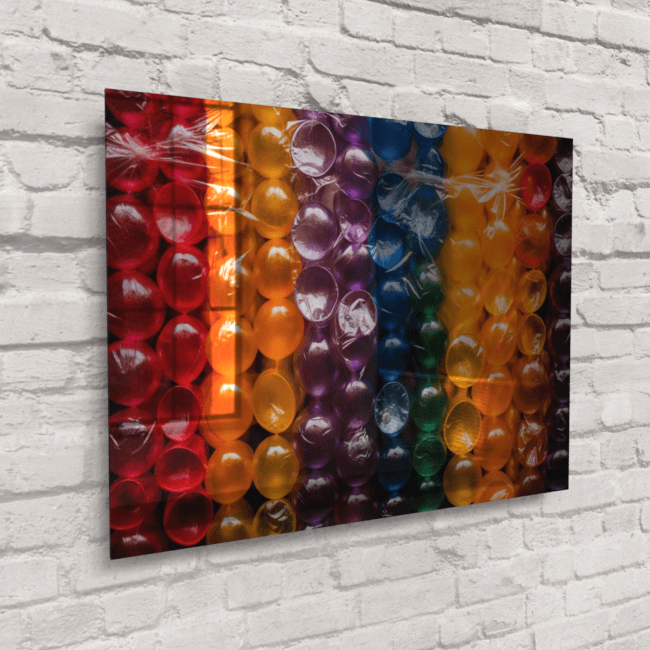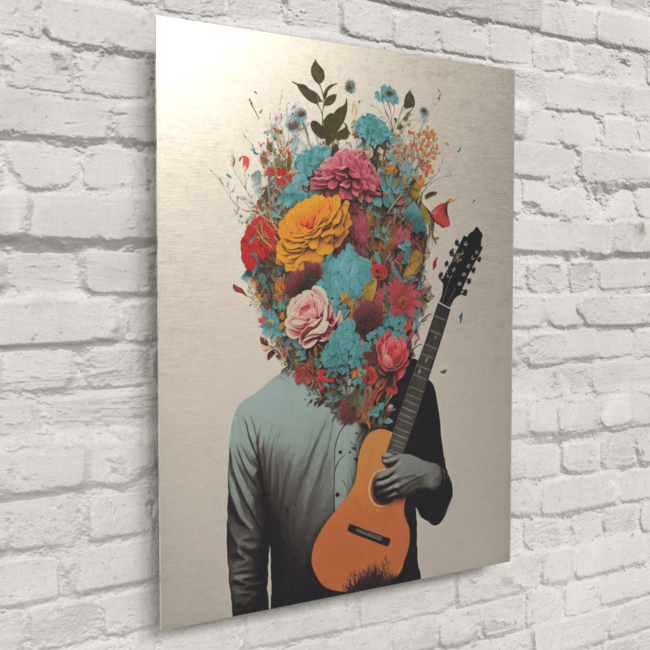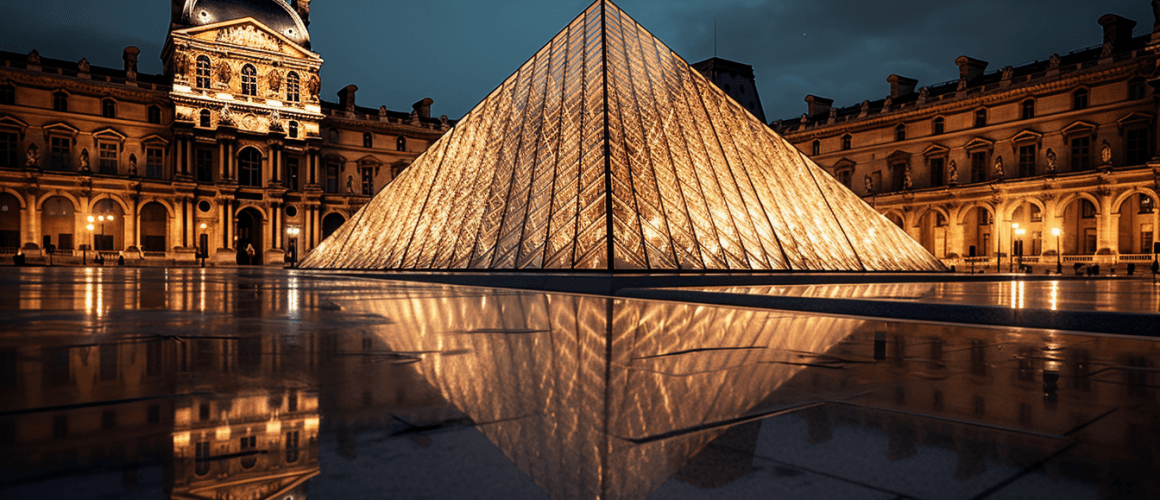Landscape or Portrait- What exactly are they ?
Landscape or portrait are two common orientations used in photography to describe the positioning of a camera or subject. Here are the key differences between landscape or portrait photos:
Orientation:
- In landscape photography, the camera is positioned horizontally, capturing vast scenic views of landscapes, seascapes, and cityscapes. This format, with its greater width than height, is ideal for showcasing the breadth and beauty of natural and urban environments.
- Portrait: In portrait photography, the camera is oriented vertically, with the height of the frame being greater than its width. This format is typically used for capturing individuals or small groups of people, emphasizing the subject’s height or vertical elements.
Subject Emphasis:
- Landscape: Landscape photos are typically used to emphasize the breadth and horizontal elements of a scene. They are well-suited for capturing expansive views, emphasizing the horizon, and showcasing the width of a scene.
- Portrait: Portrait photos focus on the height and vertical elements of the subject. They are primarily used for capturing people or subjects where the vertical composition is more important.
Composition:
- Landscape: Landscape photos often make use of the horizontal composition to create a sense of space and depth. Elements in the frame are arranged to enhance the width and create a feeling of openness.
- Portrait: Portrait photos are composed to highlight the vertical elements, such as the subject’s face and body. The composition is designed to draw attention to the subject’s features.
Use:
- Landscape: Landscape photography is commonly used in nature photography, architectural photography, and cityscapes to showcase the beauty of wide environments.
- Portrait: Portrait photography is used for capturing people, whether it’s for individual portraits, family portraits, fashion photography, or corporate headshots.
Lighting:
- Landscape: Lighting in landscape photography often focuses on natural light, such as sunrise or sunset, to illuminate the entire scene.
- Portrait: Portrait photography may involve a variety of lighting techniques, including studio lighting, natural light, and artificial light to highlight the subject’s features and create a specific mood.
Framing and Aspect Ratio:
- Landscape: Landscape photos may use a wider aspect ratio, such as 16:9 or 3:2, to accommodate the wide scenes.
- Portrait: Portrait photos often use a more narrow aspect ratio, such as 4:3 or 3:4, to fit the vertical orientation of the subject.
Popular sizes for both landscape or portrait orientations in photography can vary based on the medium in which the images will be displayed or printed. Here are some common size ratios for both orientations:
Landscape Orientation:
- 16:9 – This is a common widescreen aspect ratio and is often used for displays, HDTV, and video content.
- 3:2 – This is a standard aspect ratio for many DSLR cameras, including 35mm full-frame cameras, and is commonly used for printed photographs.
- 4:3 – This aspect ratio is common for micro four-thirds cameras and some point-and-shoot cameras.

Portrait Orientation:
- 4:5 – This is a popular aspect ratio for medium and large format cameras and is often used for portrait photography.
- 5:7 – Another common aspect ratio for portrait prints and some framing options.
- 2:3 – This aspect ratio is complementary to the 3:2 landscape orientation and is commonly used for printed photographs.

It’s important to note that there is no one-size-fits-all answer, and the choice of size may depend on your specific needs and preferences. Different projects, applications, and display formats will often have their preferred size ratios. Additionally, custom sizes are also commonly used, especially for artistic or creative purposes.
When choosing a size for your photos, consider factors such as the medium in which the image will be displayed (e.g., digital screens, prints, social media), the intended use (e.g., wall art, posters, web content), and personal aesthetic preferences. Many photo editing and printing services offer a variety of size options to accommodate different needs.




